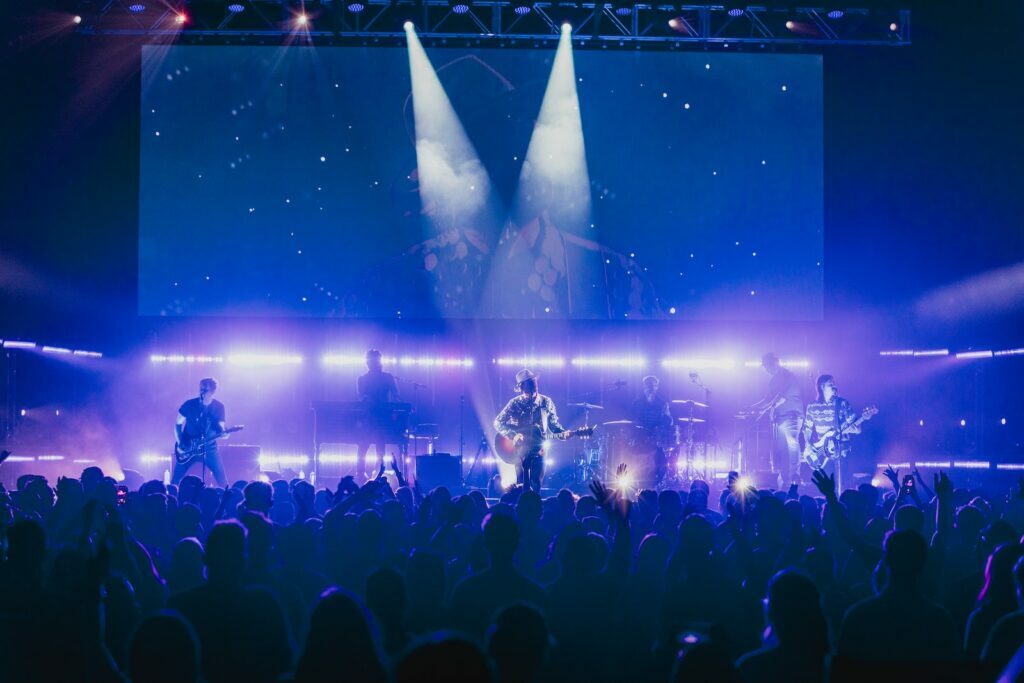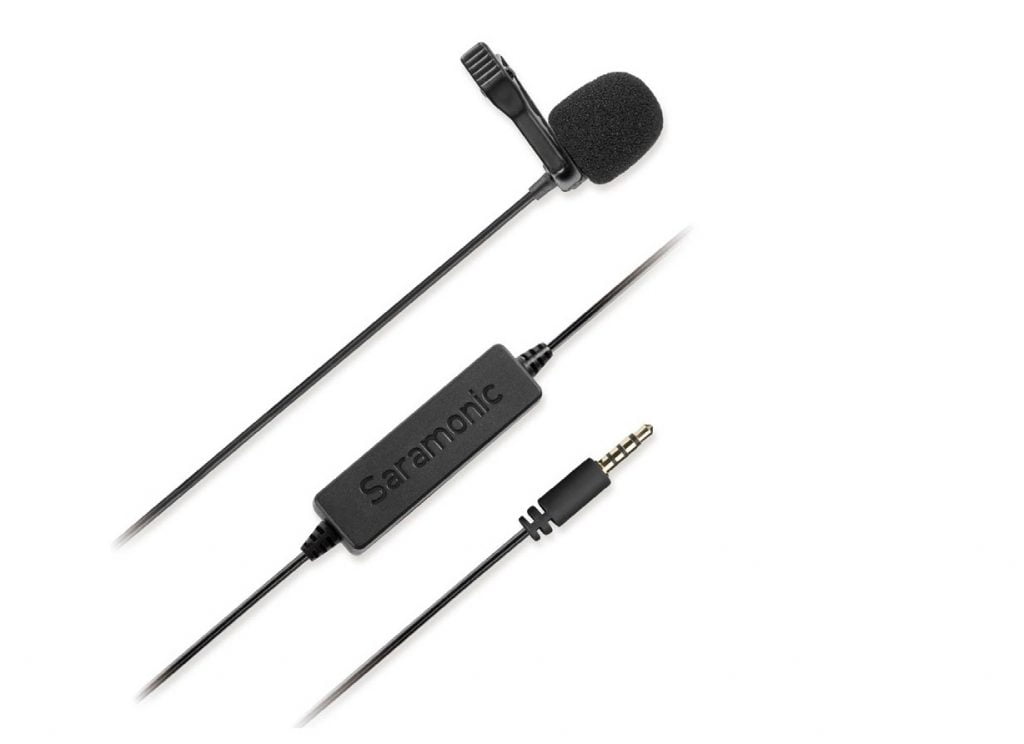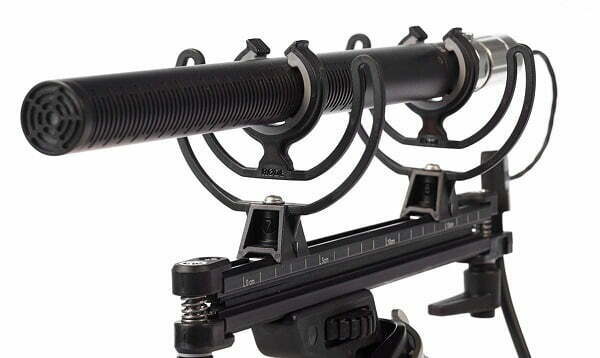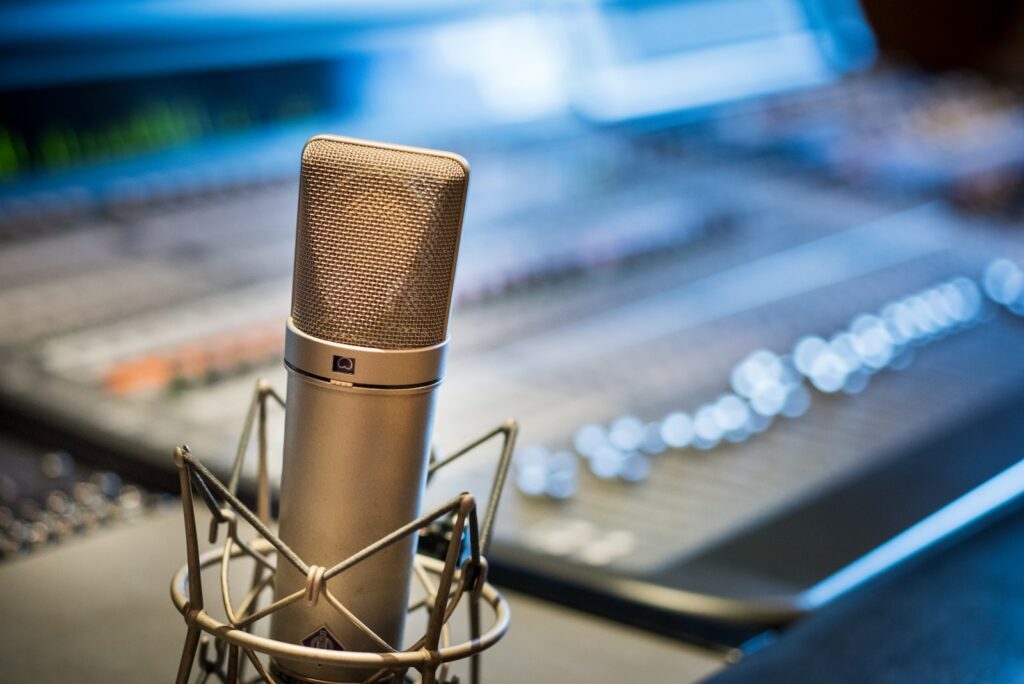When it comes to choosing a microphone, there are many different types and styles to choose from. Whether you’re a musician looking to record a demo, a podcast host, a music or film producer, or a streamer looking to up your audio game, the right microphone can make a big difference. On the other hand, wrongly choosing a microphone can be fatal and causing all sorts of problems.

Live performances
In live performances, such as concerts, theater performances, and speeches, dynamic microphones are often the preferred choice. There are several reasons why dynamic microphones are well-suited for live performances:
- Reliability – Dynamic microphones are known for their ruggedness and durability, making them ideal for live performances where they may be subjected to bumps, drops, and other potential hazards.
- Affordability – Dynamic microphones are typically less expensive than other types of microphones, making them an attractive option for those on a budget.
- Pickup Pattern – Dynamic microphones typically have a cardioid pickup pattern, which means they pick up sound from the front of the microphone while reducing background noise from the sides and rear. This makes them ideal for live performances where background noise is often a concern.
- Handling Noise – Dynamic microphones are less sensitive to handling noise than condenser microphones, which is a critical factor in live performances where the microphone is often moved and handled by the performer. Being less sensitive also reduce the risk of producing ‘feedback’ especially when the microphone is facing loud speakers.
Recording studios
Condenser microphones are more sensitive than dynamic microphones, making them ideal for recording studios and voiceover work. They are also more sensitive to background noise, so it’s important to choose a quiet location when using them. Remember that condenser microphones require Phantom power to function.
Several reasons why condenser microphones are best for recording studios:
- Sensitivity – Condenser microphones are more sensitive than dynamic microphones, making them ideal for capturing high-quality audio in a recording studio setting. They are able to pick up a wide range of frequencies and nuances in sound, making them ideal for capturing the subtle details of vocals and instruments.
- Frequency Response – Condenser microphones have a wider frequency response than dynamic microphones, meaning they can capture a broader range of sounds. This makes them ideal for recording music, voiceover work, and podcasting.
- Large and Small Diaphragm Options – Condenser microphones come in two main types: large diaphragm and small diaphragm. Large diaphragm microphones are typically used for vocals and instrument recording, while small diaphragm microphones are ideal for capturing sound in a more directional manner, such as capturing the sound of a specific instrument or sound effect.
- Directionality – Condenser microphones are usually designed to be more directional, meaning they pick up sound from a specific direction. This allows them to capture sound with clarity and reduce background noise.

Conferencing and presentations
In conferencing and presentations, lavalier microphones, also known as lapel microphones, are often the preferred choice. The lavalier microphones can be dynamic or condenser, wired (attached to table) or wireless (with bodypack), but they are mostly omnidirectional.
Several reasons why lavalier microphones are preferred:
- Portability – Lavalier microphones are small and lightweight, making them easy to use and transport. They can be clipped onto clothing or worn around the neck, allowing the speaker to move freely while still being able to be heard clearly.
- Reduced Background Noise – Lavalier microphones are mostly omnidirectional, meaning they pick up sound from all directions. This makes them ideal for use in a conference or presentation setting where the speaker may be moving around or gesturing. The omnidirectional pickup pattern helps to ensure that the speaker’s voice is captured clearly, even if they are not directly facing the microphone.
- Ease of Use – Lavalier microphones are typically easy to set up and use, making them ideal for those who are not familiar with audio equipment. They can be plugged directly into a mixer, sound system, or recording device, allowing the speaker to start talking right away.
- Versatility – Lavalier microphones are versatile and can be used in a variety of situations, including presentations, interviews, and public speaking events.

Film and video production
In film and video production, directional and condenser microphones are the main criteria of the preferred choice. There are several reasons why:
- Reduction of Background Noise – Directional microphones have a focused pickup pattern, meaning they pick up sound from a specific direction and reduce background noise. This makes them ideal for use on film and video sets, where there may be a lot of ambient noise that needs to be reduced.
- Flexibility – Directional microphones come in a variety of shapes and sizes, making them flexible and adaptable to different filming scenarios. They can be used on boom poles, mounted on cameras, or used handheld.
- Directional Options – Directional microphones come in different pickup patterns, including cardioid, supercardioid, and hypercardioid. These different pickup patterns allow the filmmaker or video producer to choose the right microphone for the specific needs of their project.
- Versatility – Directional microphones can be used for capturing dialogue between actors in a scene, sound effects (such as footsteps, doors closing, or other ambient sounds), and environmental sound (such as wind, rain, or birds singing). This makes them a versatile and essential tool for any film or video production.

Live streaming and podcasting
In live streaming, a good quality USB microphone with selectable polar pattern is often the preferred choice. There are several reasons why USB microphones are well-suited for live streaming:
- Easy to Use – USB microphones are plug-and-play, meaning they can be connected directly to a computer without the need for additional equipment. This makes them easy to use for anyone, regardless of their technical knowledge or experience.
- Digital Audio – USB microphones have built-in audio converters, which convert the analog audio signal captured by the microphone into a digital signal that can be processed by a computer or other device. This makes USB microphones a convenient and easy-to-use option for live streaming and other applications that require high-quality digital audio.
- Versatility – USB microphones are versatile and can be used for a variety of live streaming scenarios, including gaming, vlogging, podcasting, even broadcasting.
- Portability – USB microphones are small and portable, making them easy to transport and set up in different locations. This makes them ideal for live streaming from a variety of locations, whether at home, in a coffee shop, or on the go.


